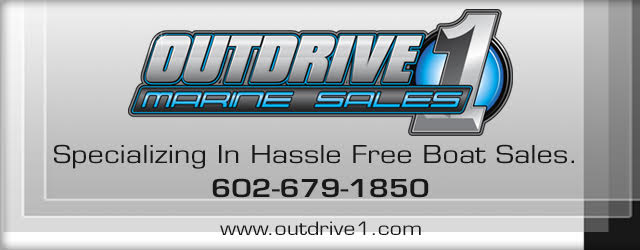boatguy222
Active Member
- Joined
- Dec 25, 2007
- Messages
- 44
- Reaction score
- 5
I am thinking about converting a Kinsler 2.9 stack manifold to EFI, for a 496-505ci, 10 to 1, pump gas engine for my v-drive daycruiser. I posted this over at the PB forum and It turned in to a 5 page pissing match, with very little useful information.
I have seen stack manifolds done before, all of them have the smaller throttle bores. I am concerned about the 2.9 bores causing issues with low rpm performance, So any thoughts subject are welcome.
Thanks,
Marc
I have seen stack manifolds done before, all of them have the smaller throttle bores. I am concerned about the 2.9 bores causing issues with low rpm performance, So any thoughts subject are welcome.
Thanks,
Marc



